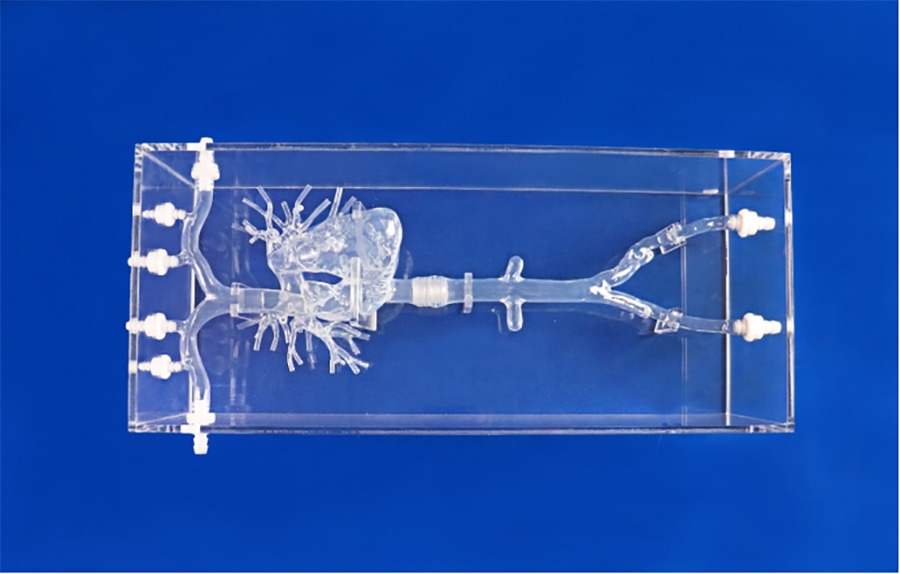
#Industry News
The Pulmonary Artery: Anatomy, Function, and Clinical Significance
Pulmonary Artery I
Introduction:
The pulmonary artery plays a vital role in the circulatory system, facilitating the transportation of oxygen-depleted blood from the heart to the lungs for oxygenation. In this article, we will explore the anatomy, function, and clinical significance of the pulmonary artery.
Anatomy:
The pulmonary artery is a major blood vessel that originates from the right ventricle of the heart. It is unique in that it is the only artery in the body that carries deoxygenated blood. It consists of two main branches, the left and right pulmonary arteries, which extend towards the left and right lungs, respectively. Within the lungs, these arteries further divide into smaller vessels, eventually reaching the pulmonary capillaries surrounding the alveoli.
Function:
The primary function of the pulmonary artery is to transport deoxygenated blood from the heart to the lungs. As blood flows through the pulmonary artery, it carries carbon dioxide and waste products from the body's tissues. Once in the lungs, the pulmonary capillaries facilitate gas exchange, allowing oxygen from inhaled air to enter the bloodstream while carbon dioxide is released and exhaled.
Clinical Significance:
Various conditions can affect the pulmonary artery, leading to significant clinical implications. Pulmonary artery hypertension (PAH) is a condition characterized by increased blood pressure in the pulmonary artery. It can result from underlying heart or lung diseases, or it may be idiopathic. PAH can strain the heart and impair its ability to pump blood effectively, leading to symptoms such as shortness of breath, fatigue, and chest pain.
Another notable condition involving the pulmonary artery is a pulmonary embolism. This occurs when a blood clot, usually originating from the deep veins of the legs, travels to the pulmonary artery, causing a blockage. A pulmonary embolism can be life-threatening, causing sudden difficulty in breathing, chest pain, and even cardiac arrest.
Conclusion:
The pulmonary artery serves as a crucial conduit in the circulatory system, transporting deoxygenated blood from the heart to the lungs for oxygenation. Understanding the anatomy, function, and clinical significance of the pulmonary artery is vital in diagnosing and managing conditions such as pulmonary artery hypertension and pulmonary embolism. Ongoing research and advancements in medical interventions continue to improve our understanding and treatment of pulmonary artery-related disorders, ensuring better outcomes for patients with these conditions.





